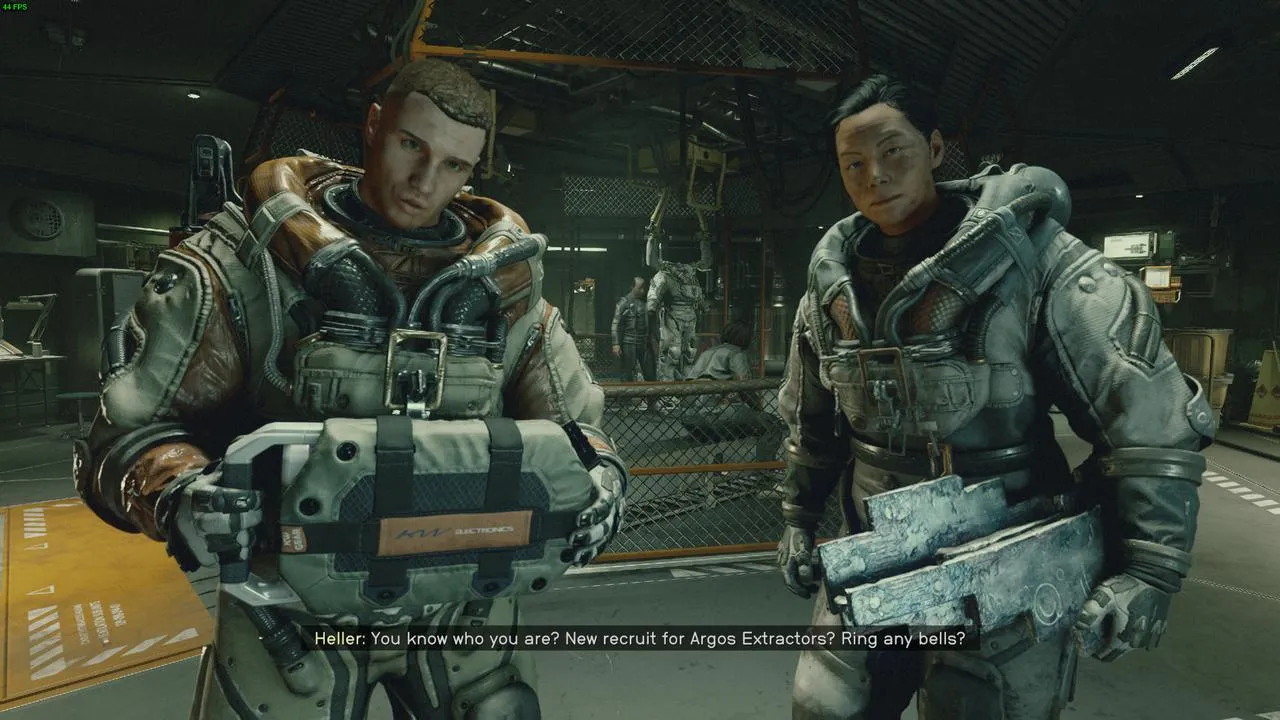
Starfield: A Giant Leap or a Stumble in Space?
Contents
Humanity’s age-old dream of reaching for the stars is mirrored in the gaming industry’s ambition to create truly vast, immersive space exploration experiences. Many have tried, some with more success than others. Hello Games’ No Man’s Sky, Obsidian Entertainment’s The Outer Worlds, and the perpetually-in-development Star Citizen all come to mind. But when Bethesda, creators of The Elder Scrolls and Fallout series, entered the cosmic race with Starfield, it felt like a seismic event. Following the misstep of Fallout 76, Starfield carries the weight of expectation, not only as Bethesda’s attempt at redemption but also as their first new IP in 25 years and their first major exclusive release since joining Microsoft. Launching in the shadow of Baldur’s Gate 3 and competing with titans like The Legend of Zelda: Tears of the Kingdom and Final Fantasy 16, Starfield faces a challenging journey. Does it represent a “giant leap” for Bethesda, or does it fall short of its celestial ambitions?
 Exploring a planet in Starfield
Exploring a planet in Starfield
Lost in the Cosmos
Starfield paints a picture of humanity facing a global catastrophe, prompting a united effort to develop Grav Drive technology and escape our dying solar system to settle in the Settled Systems. However, old conflicts resurface, culminating in the bloody Colony War between the United Colonies (UC) and the Freestar Collective (FC). Two decades later, the player enters the scene as a member of Constellation, a group dedicated to uncovering the universe’s mysteries and searching for other civilizations.
This journey unfolds across a galaxy teeming with diverse planets and cultures. From the gleaming skyscrapers of New Atlantis to the grimy underbelly of Neon, the game offers a vibrant tapestry of life. Starfield shines brightest in its embrace of sandbox gameplay, offering an overwhelming abundance of quests. These range from mundane errands to high-stakes espionage missions, ensuring there’s always something to do.
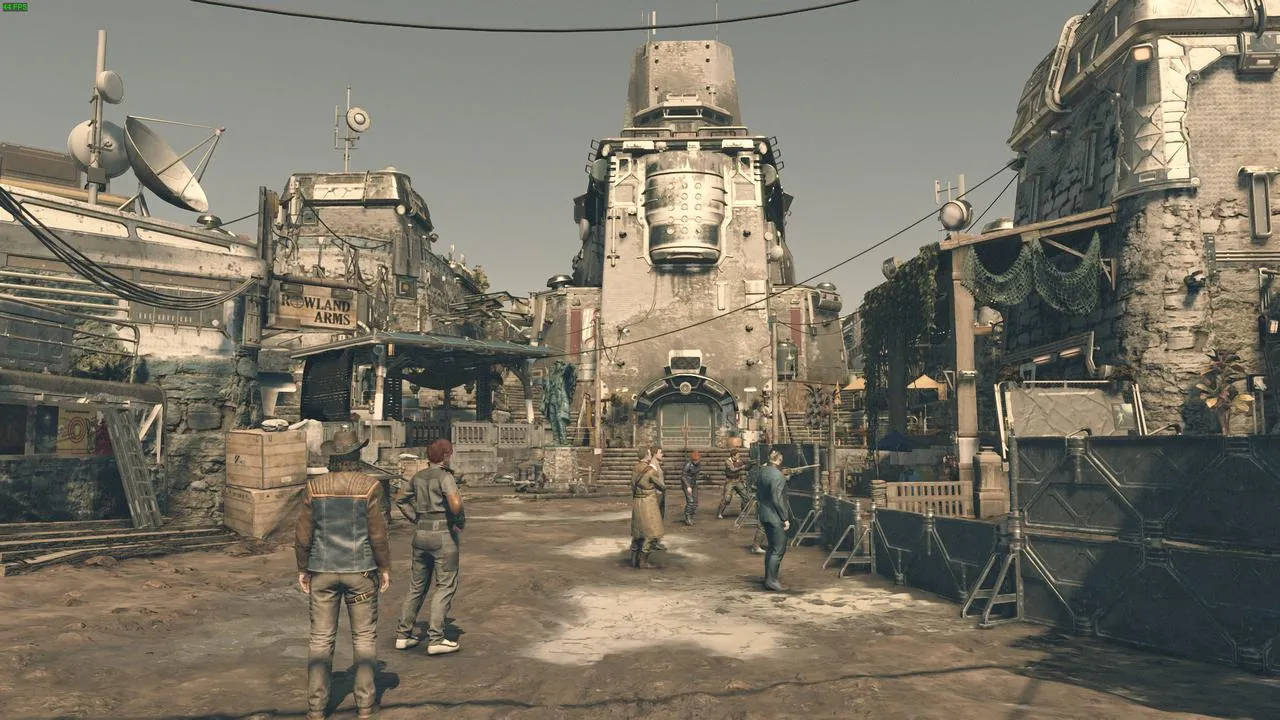 A space station in Starfield
A space station in Starfield
Random encounters and emergent storytelling are woven throughout the experience. A discarded letter, a chance encounter in space, or a wrong turn in a bustling city can lead to unexpected adventures and branching storylines. One memorable encounter involved stumbling upon a 200-year-old derelict spaceship, a poignant reminder of Earth’s past and the lengths humanity went to survive.
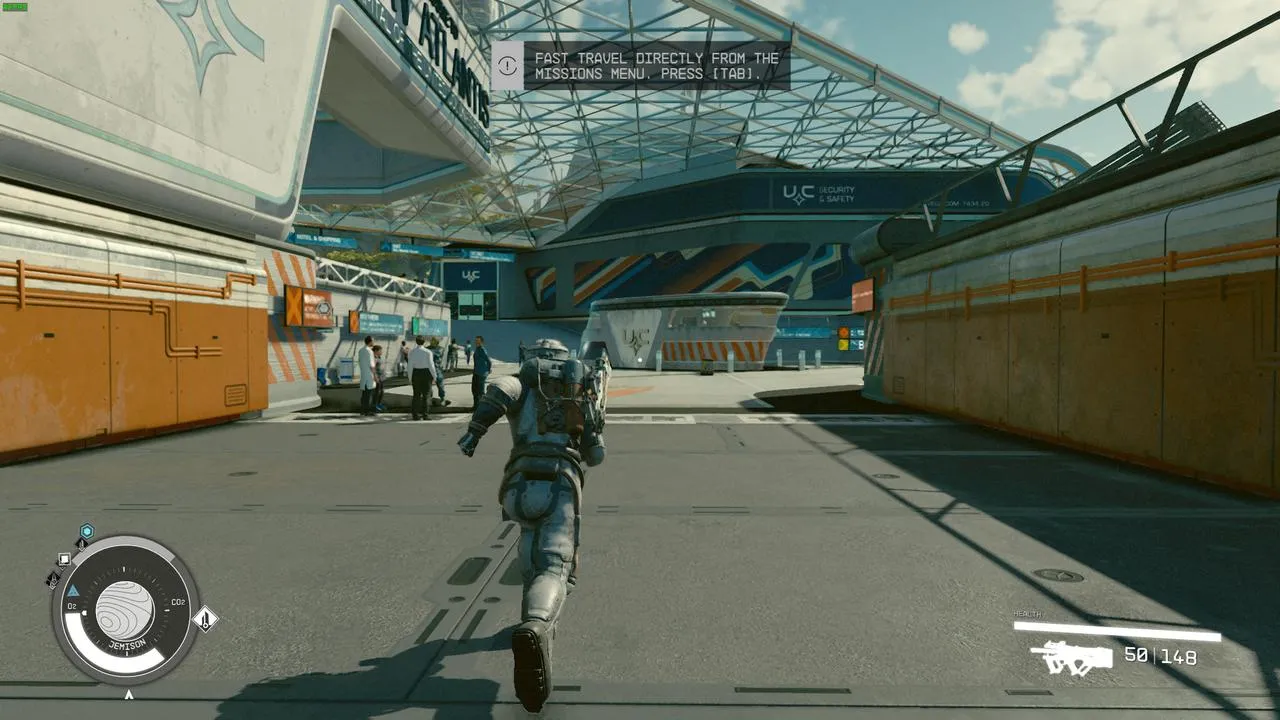 Exploring a derelict spaceship
Exploring a derelict spaceship
The world of Starfield feels cohesive and richly detailed, with a compelling narrative that explores themes of culture, society, politics, and religion. The game constantly presents questions and mysteries, inviting players to explore and uncover the truth behind the universe’s secrets.
Familiar Yet New: The Bethesda Formula in Space
Combat in Starfield is divided into two distinct components: traditional first-person shooting and spaceship dogfights. The ground combat feels familiar to fans of Bethesda’s previous titles, offering a wide array of weapons, from ballistic firearms and grenades to futuristic laser weaponry. While satisfying, it lacks the unique tactical depth of systems like Fallout‘s V.A.T.S. Later in the game, players gain access to special powers reminiscent of Skyrim‘s Dragon Shouts, adding a new layer to combat encounters.
 Combat in Starfield
Combat in Starfield
Weapon customization is a significant highlight, allowing players to tinker with every aspect of their arsenal, from barrels and stocks to scopes and firing modes. Combined with the skill system, this allows for diverse character builds and playstyles. Stealth enthusiasts will find plenty to enjoy, with skills like Concealment and Sniper Certification offering powerful bonuses. However, progressing these skills often requires completing specific tasks, adding a layer of gated progression.
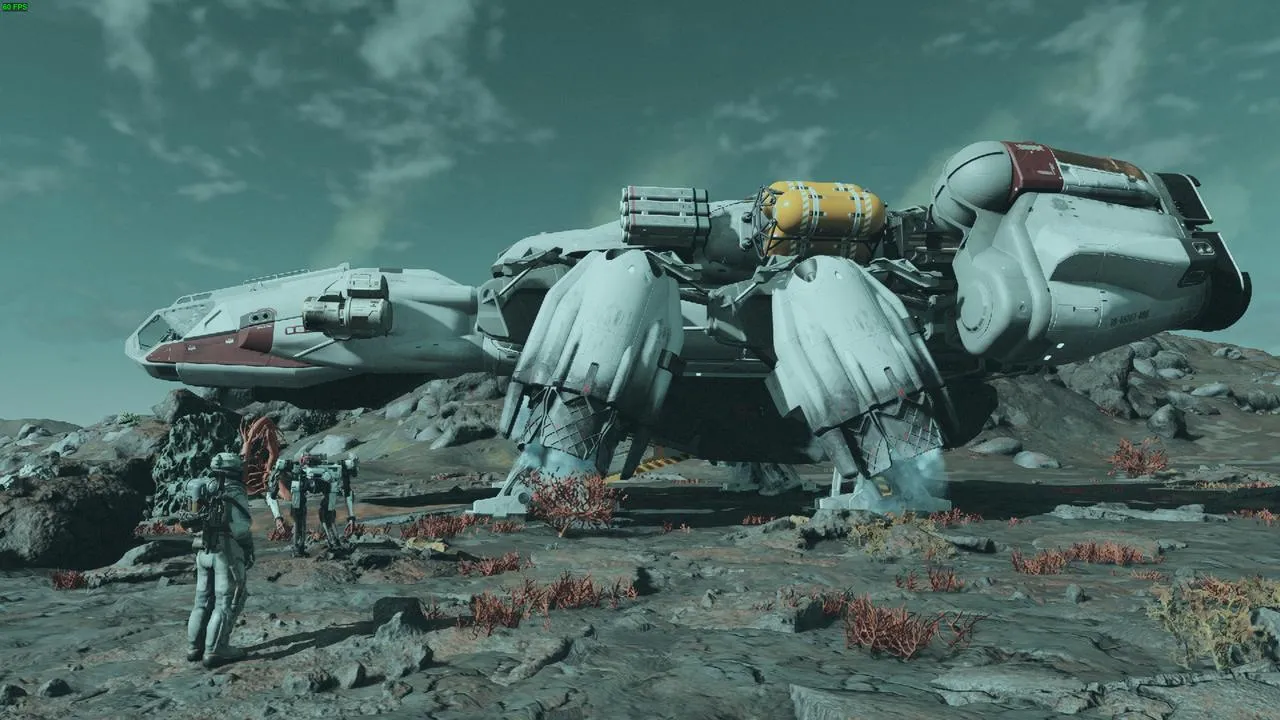 Character customization screen
Character customization screen
Spaceship combat, on the other hand, leans more towards arcade simplicity than realistic simulation. Controlling your ship is streamlined, focusing on maneuvering and targeting. While engaging, it can feel repetitive, especially when facing enemies of similar level. However, the ability to disable enemy ships, board them, and claim them as your own adds a welcome layer of strategy.
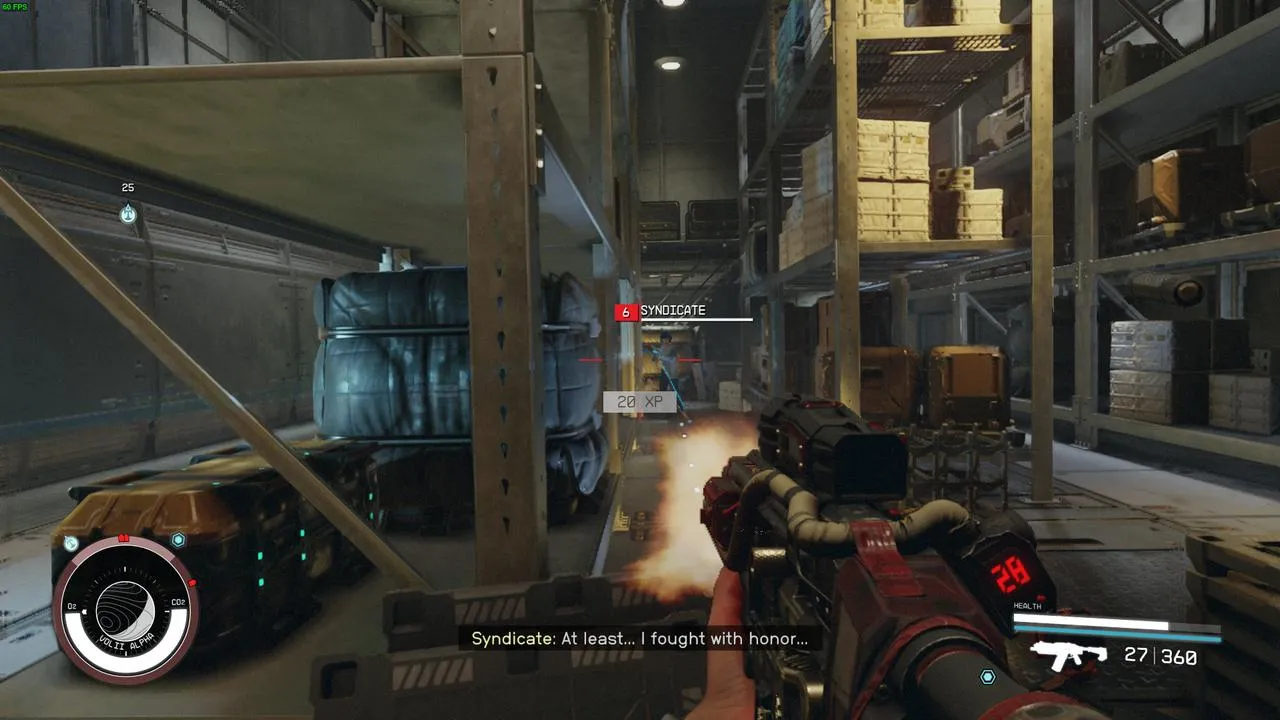 Spaceship combat in Starfield
Spaceship combat in Starfield
Spaceship customization is remarkably deep, allowing players to assemble their dream ships from a vast array of modules. This system evokes the creative freedom of The Legend of Zelda: Tears of the Kingdom‘s Ultrahand ability, offering endless possibilities for customization and experimentation.
 Spaceship customization screen
Spaceship customization screen
Finally, Starfield retains Bethesda’s signature focus on exploration and resource gathering. Collecting materials, crafting, and researching new technologies are essential for upgrading equipment and building outposts.
A Universe of Disappointments
Despite its vast scale, Starfield‘s world feels constrained by its segmented design. Each planet is effectively a self-contained “box” connected by loading screens, shattering the illusion of seamless space travel. Unlike games like No Man’s Sky or Elite Dangerous, there’s no exhilarating sense of transitioning from atmospheric flight to the vastness of space.
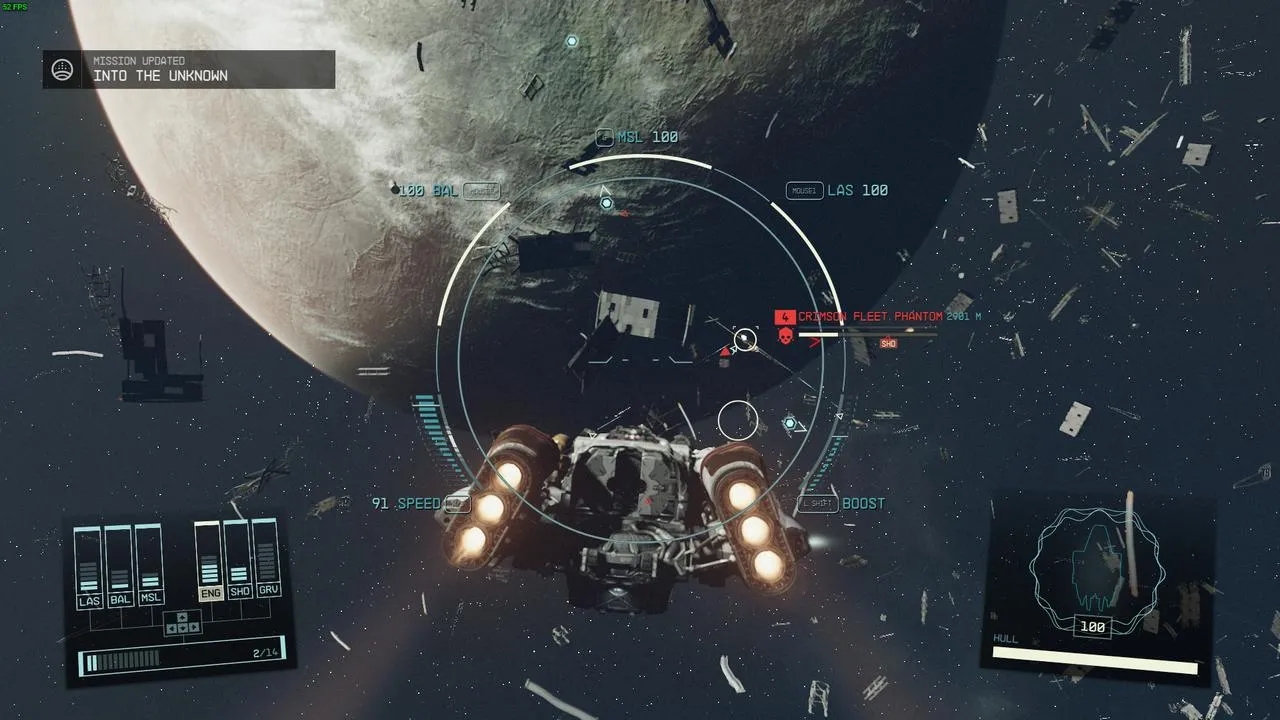 Planet surface in Starfield
Planet surface in Starfield
Procedurally generated planets often feel repetitive and barren, lacking unique landmarks or compelling reasons to explore. The absence of ground vehicles further exacerbates this issue, making traversal tedious and time-consuming.
The game’s UI/UX is clunky and outdated, a surprising choice for a game set in the future. Navigating menus and managing inventory is needlessly cumbersome. Essential information is often buried within layers of menus, and the game fails to adequately explain key mechanics.
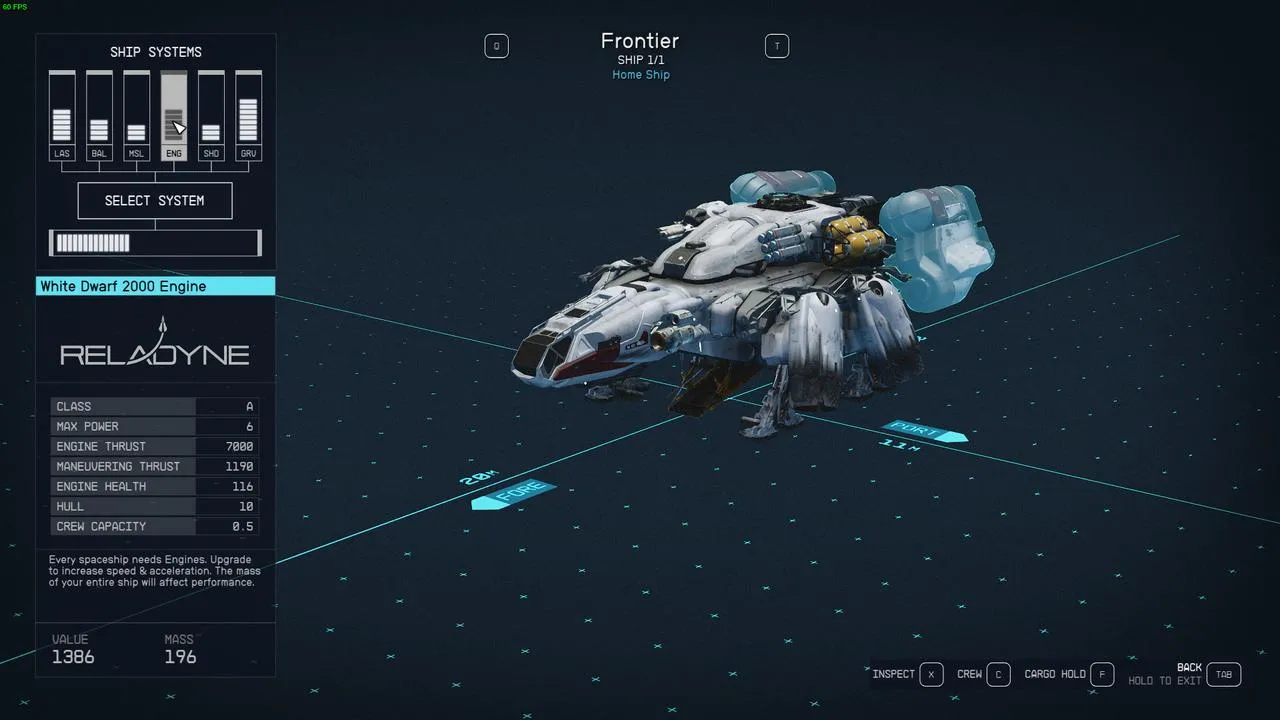 Starfield UI
Starfield UI
While the companion system offers a variety of crew members, most feel underdeveloped and superfluous. Their AI is often lacking, making them more of a liability than an asset in combat. Other inconsistencies plague the experience, such as the lack of detailed maps for large areas and the illogical fast travel system.
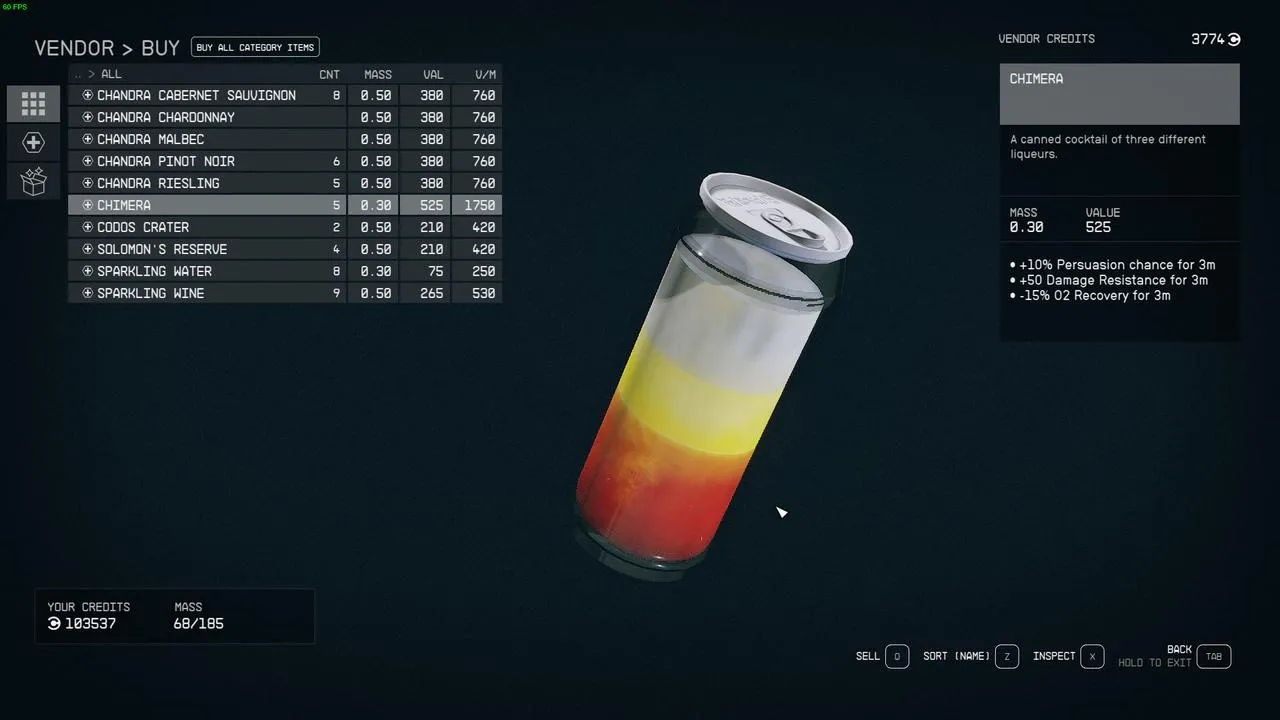 Starfield companion
Starfield companion
Performance on PC is also a concern. Even on relatively high-end hardware, the game struggles to maintain a consistent frame rate, requiring significant compromises in graphical settings.
A Mixed Bag Among the Stars
Starfield is a game of immense potential, offering a vast and detailed universe to explore. Its strengths lie in its compelling narrative, engaging side quests, and deep customization options. However, it’s held back by technical issues, a clunky UI/UX, and a sense of unfulfilled promise. While it may not be the “giant leap” many were hoping for, it’s a significant step forward for Bethesda and a solid foundation for future iterations.





Comments (0)